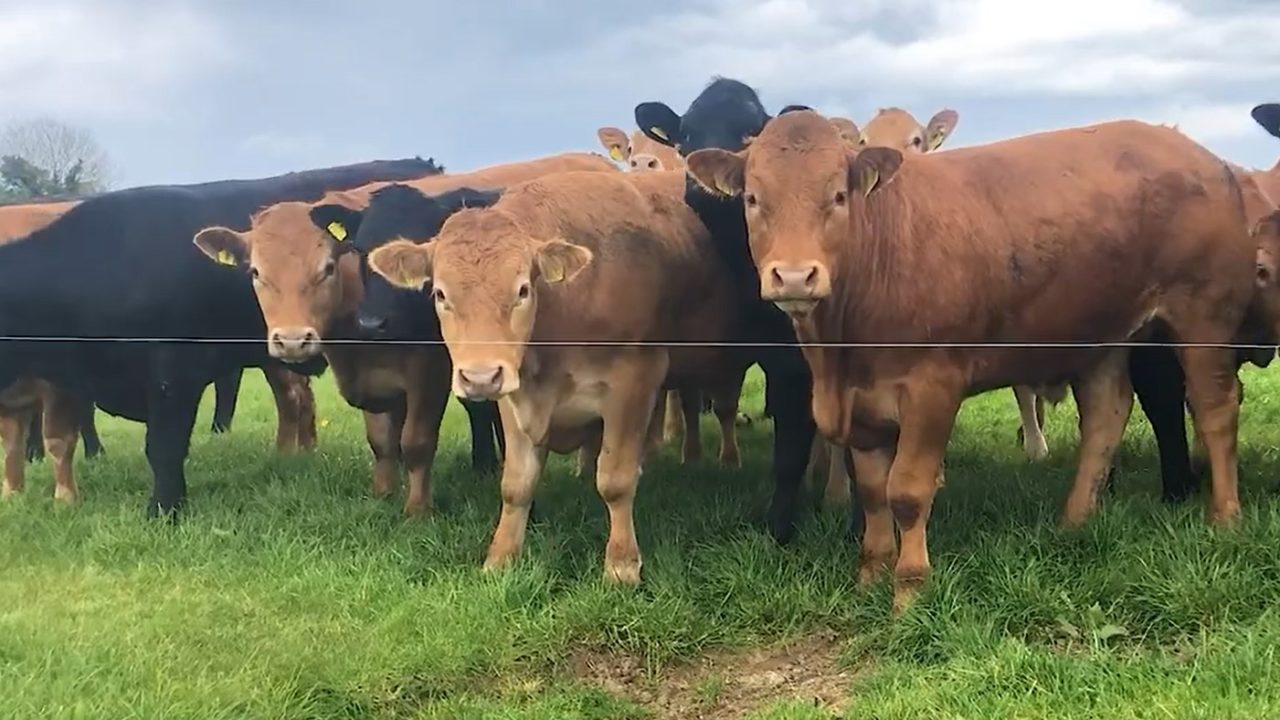With the winter period now just a distant memory in the minds of farmers, it is important to take a look back at the measures that were taken to control parasites such as liver fluke, and review how effective your treatment was.
This is especially important for beef farmers finishing cattle and aiming to maximise their thrive.
Farmers focus on having an animal’s diet nutritionally balanced to achieve high performance; yet if they neglect the treatment of liver fluke – they are essentially feeding concentrates to an animal with potentially severe liver damage, and therefore have reduced performance.
Recently, Dr. Natascha Meunier from Animal Health Ireland advised farmers to check their Beef HealthCheck results from animals that have been recently slaughtered, to confirm that their housing parasite control has been adequate.
If animals were infected in the previous grazing season prior to housing, those parasites will now be adults and they will be visible at slaughter if treatment has not been effective. These are reported as ‘live liver fluke’ to farmers as part of the programme.
Liver fluke cases reported
According to Dr. Meunier’s report, since the beginning of the year, live liver fluke was seen in 1.4% of cattle at slaughter. These cattle have originated from 10% of the herds that sent animals to slaughter.
She stated:
“Flukicide treatment protocols need to be reviewed in these herds to prevent subclinical production losses. Ensuring that there are no adult liver fluke before turn-out will also help to minimise pasture contamination with liver fluke eggs.
“In 2021 to date, 197,600 animals have been recorded from 12,400 unique herds as part of the Beef HealthCheck programme, with an average of 16,500 animals per week.
“This data is continuing to contribute to ICBF [Irish Cattle Breeding Federation] breeding values for liver fluke resistance and ICBF have developed a tool to help identify cattle for breeding that will produce offspring that are more likely to be more resistant.”
If farmers are aiming to use these breeding values as a guide this breeding season, these can be viewed for all bulls that have been genotyped in Ireland on the ICBF website.

A positive note from the statistics compiled during the first quarter of 2021 is that the levels of liver fluke continue to remain low compared to previous years with only 8.5% of cattle showing any signs at slaughter.
Dr. Meunier’s report revealed that the counties with the highest levels of cases of any evidence in animals at slaughter were: Leitrim; Sligo; Roscommon; Longford; and Donegal – ranging from 24% to 51%.
Other sections of the report stated that liver abscesses in this yearly quarter were seen in 3.7% of animals and pneumonia in 1.3%, which is slightly higher than last year.
